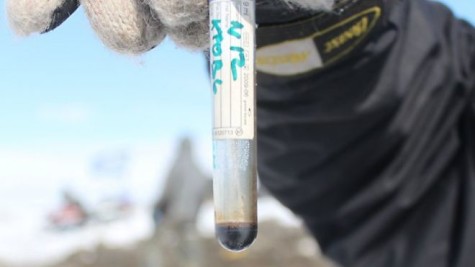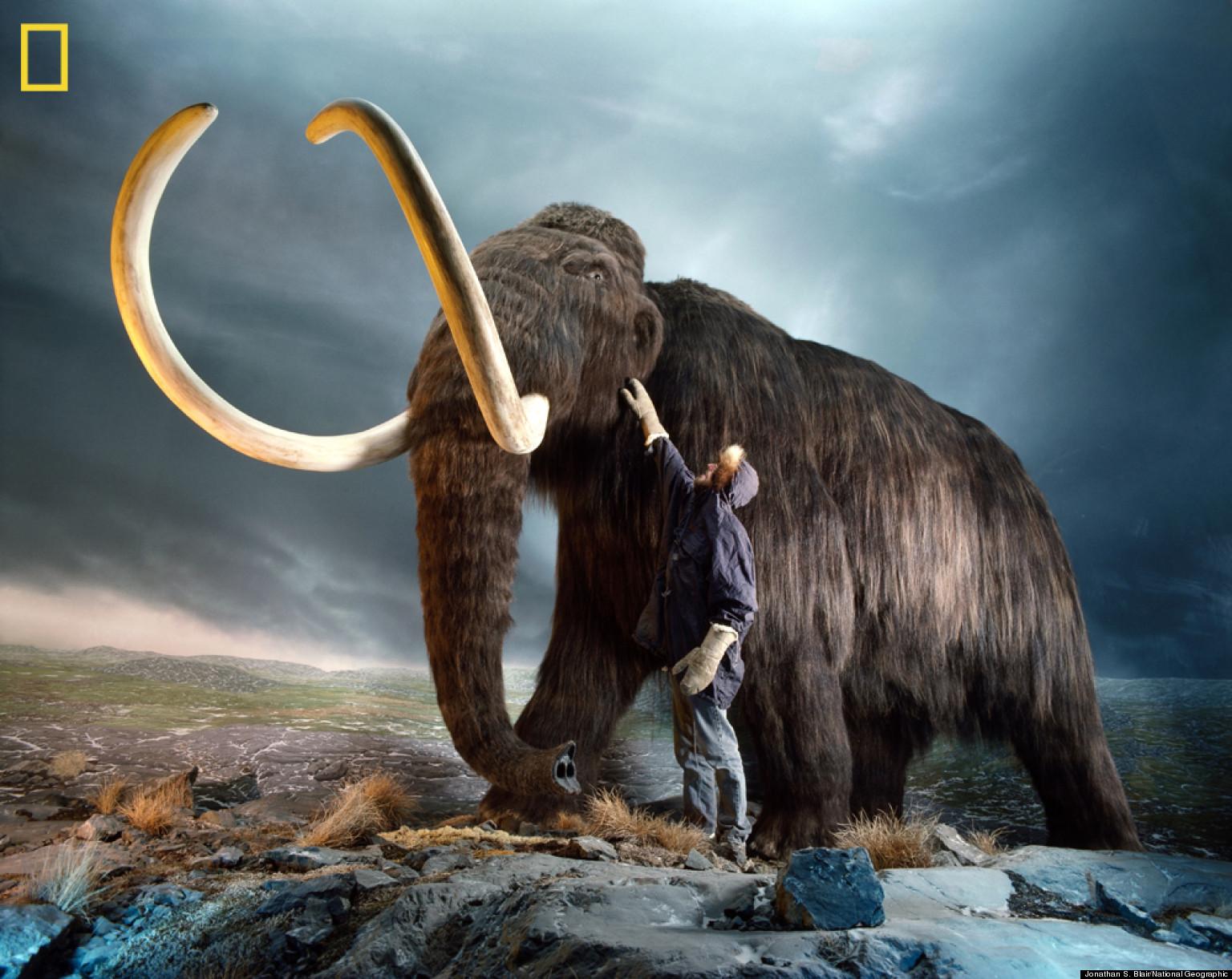Your donation will support the student journalists of Kirkwood High School. Your contribution will allow us to purchase equipment and cover our annual website hosting costs.
Mammoth madness
April 27, 2015
Most people have seen Jurassic Park, but if you haven’t, here’s a quick run down.
A bunch of phoney science is used to mix insect DNA with dinosaur DNA, and this full set is used to make modern living dinos.
This, then, is used for a possible theme park that goes horribly wrong and ends in around 3 deaths, because, duh, don’t reanimate dinosaurs.
Anyways, bringing back long-extinct species has long been the stuff of science-fiction, but may soon become a reality.
Hwang Woo-Suk is a genetics specialist, who once falsely claimed he had cloned human stem cells, but now he has a new plan.
One thing that was correct in Jurassic Park was that you need a complete DNA strand for it to work. This is where cloning mammoths usually falls short.
Not so much, this time.
Woo-Suk thinks if you splice elephant DNA with mammoth DNA, you can create a full strand and clone a mammoth/elephant hybrid.
Two important things have recently happened that have been huge steps forward for this goal.
First, a 40,000-year-old mammoth nicknamed “Buttercup” was found oozing blood in Maly Lyakhovsky, Siberia. Apparently, when scientists cut into the carcass, Buttercup started bleeding. The blood provided long strands of DNA, although no complete ones.
The kicker came when George Church, geneticist at Harvard University, succeeded in splicing the elephant and mammoth DNA.
Now, this doesn’t mean we’ll be seeing mammoths roam the earth anytime soon, but it’s the closest anyone has ever gotten. Steven Spielberg’s science fiction has become a very likely reality.
(Photo courtesy of Popular Science)

